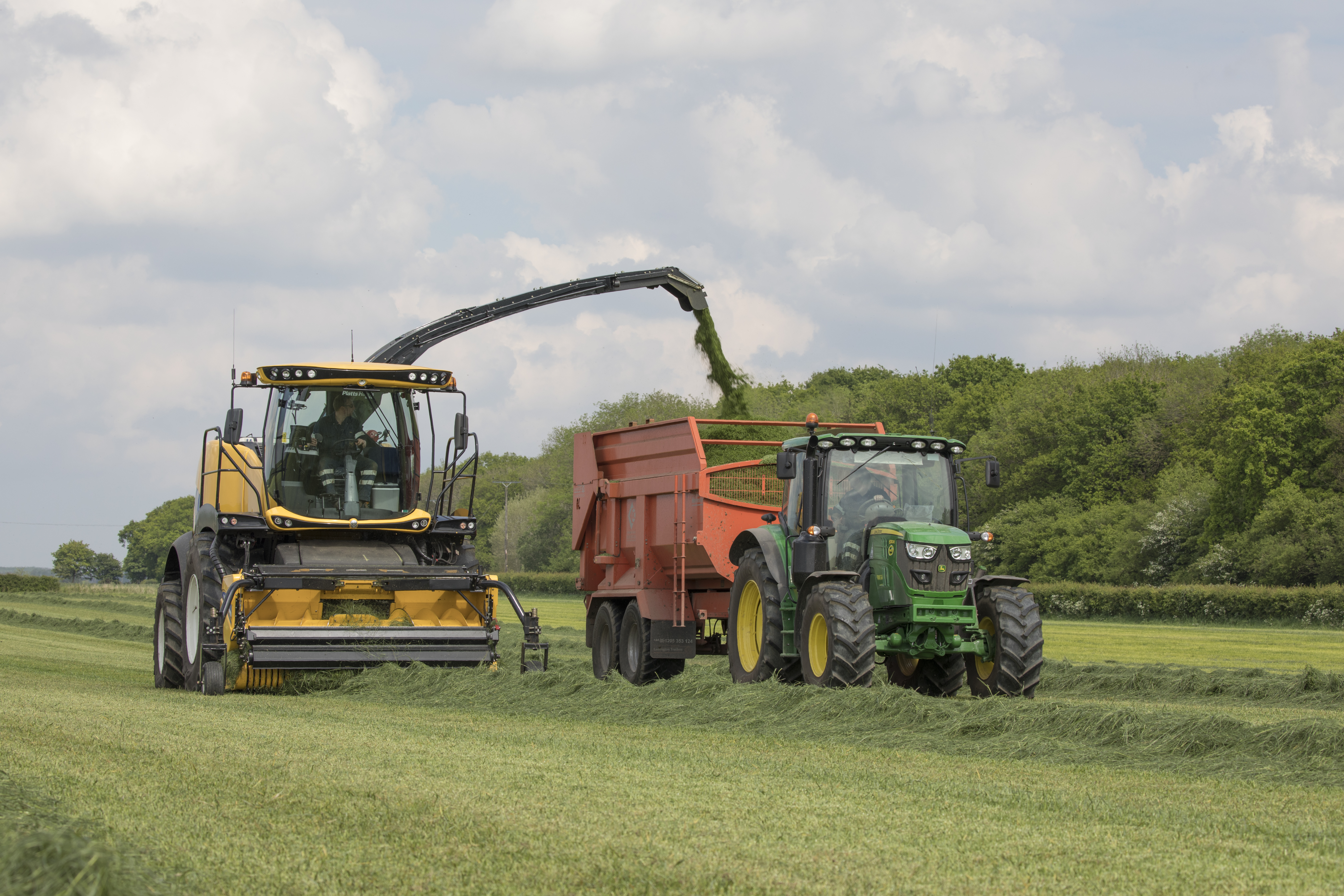Seize your silage window of opportunity
20 April 2023
Which of the following best describes your first-cut grass silage approach?
1. I take my first-cut early, whenever possible
2. I leave first-cut until mid to late-May – so that grass bulks up
Time and again, experience has taught us that option two is often not the best route.
It can be far better to seize the opportunity to take first-cut once a suitable weather window arises. If that’s before the traditional May timing, then so be it.
If first-cut isn’t taken until later in May, there’s no guarantee of a decent weather window for cutting and wilting when you want it. If delays happen, that puts the grass at greater risk of going to head, after which digestibility falls by 0.5 D units a day.
More energy
Conversely, younger grass tends to be more digestible, and therefore higher in metabolisable energy for milk production, as well as higher in protein.
By setting the intention to cut earlier, even if a suitable weather window doesn’t arise before a later May cutting date, what have you lost?
Moreover, as well as cutting earlier offering the potential of harvesting better quality grass, there’s also the likelihood of better contractor availability – compared with the traditional ‘May rush’.
Also, don’t fall into the trap of thinking cutting earlier results in less yield. Cutting grass younger encourages better regrowth for the next cut. So, over the season, cutting earlier and more often actually offers the potential for a greater tonnage.
Faster wilting
In addition, lighter crops are also easier to wilt. Shorter wilting times mean more chance of achieving the optimum 28-32% dry matter and getting the crop ensiled before the next rain shower. They also reduce the in-field losses in sugar and protein that occur from the moment that grass is cut until it’s stabilised in the clamp.
But however you make your first-cut silage, don’t overlook the benefits of protecting it with a proven additive.
Ecosyl has been shown to halve dry matter losses and preserve more metabolisable energy and protein. And, compared with untreated silage, feeding a range of silages conserved with Ecosyl has been independently proven to deliver an average of an extra 1.2 litres of milk/cow/day.
Ken Stroud can be contacted at Volac on 07713 197084 or ken.stroud@volac.com.